Beautiful Post-Apocalyptic Architecture in Science Fiction
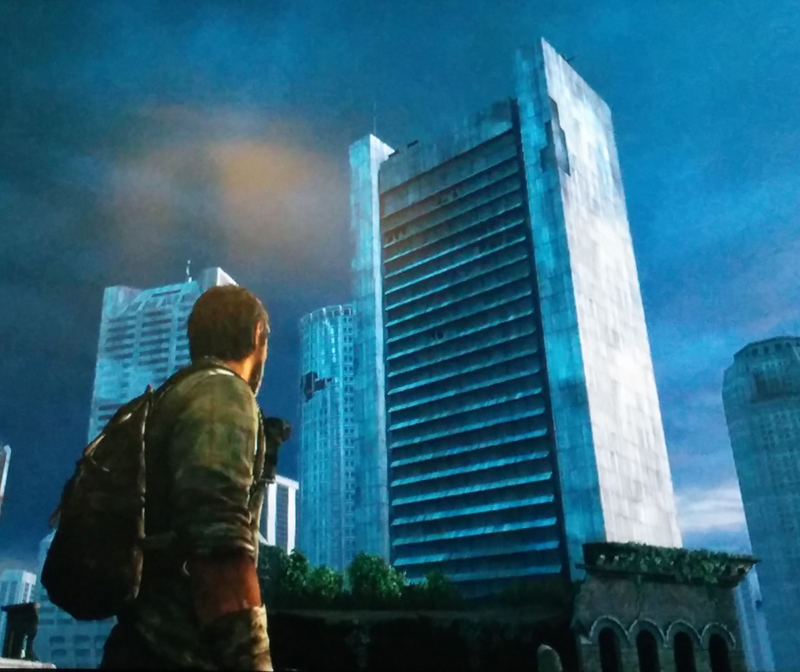
With graphics engines becoming more powerful and capable, release titles for gaming consoles have been putting more emphasis on the surroundings of which the player will be exploring, maneuvering and challenging in order to progress through the story. An individual can immerse themselves in environments they may never get the chance to explore in real life; the dangers and curiosity that urban decay presents sparks an interest we would not have known otherwise.
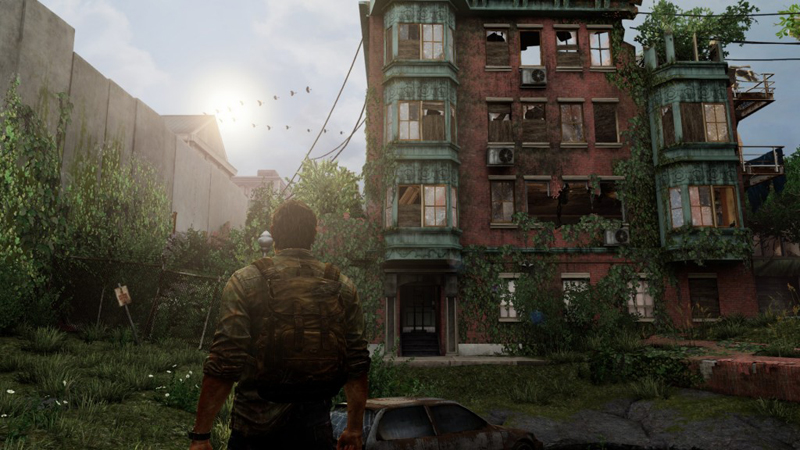
In the critically acclaimed 2013 summer gaming hit, The Last of Us, the story revolves around survivors of an epidemic fungal infection that wiped out a large percentage of the human population. The protagonist’s journey begins in Boston, Massachusetts, where nature has started to reclaim the city, 20 years after the fall of civilization. Navigating through the city proves that unkempt architecture and infrastructure is fascinating, albeit very dangerous. Crumbling facades of skyscrapers make wayfinding inaccessible, subways are dark and filled with hidden dangers; pillars and tunnels are constantly collapsing. One of the most iconic structures in Boston however, the Massachusetts State House, proves to be one of the more preserved examples. Only a small amount of overgrowth has begun to make its way on and into the building.
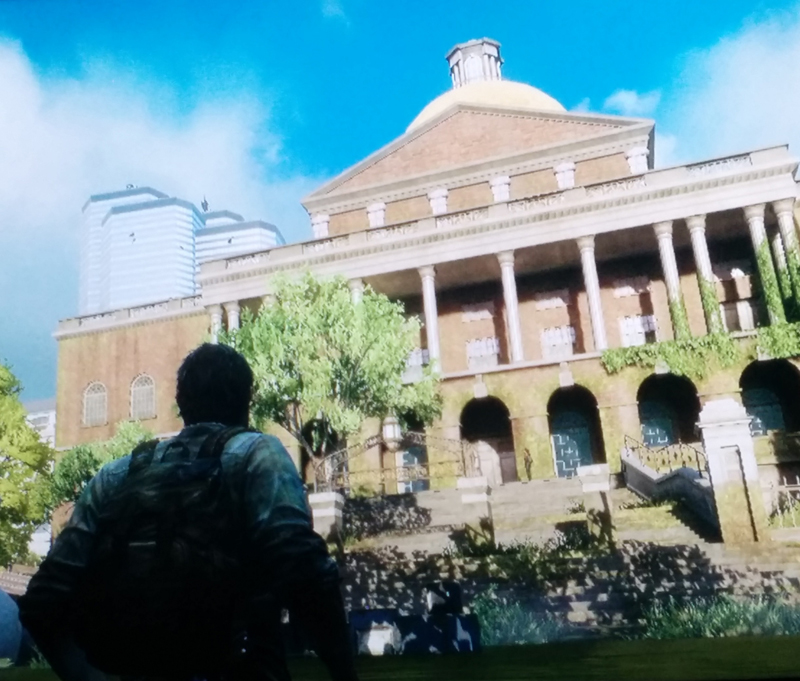
Metro: Last Light depicts an alternate apocalypse, where Russia has been leveled with nuclear weaponry. Compared to The Last Of Us, the scenery of an obliterated Moscow is much more bleak. Destruction of the city is much more evident, the majority of which is inaccessible. However, Saint Basil’s Cathedral seems to be one of the more prominent and complete buildings, which is juxtaposed in what looks to be a field of ruins. The toll nuclear explosions can take on the environment is quite evident in Metro, as nothing above ground seems to be inhabitable.
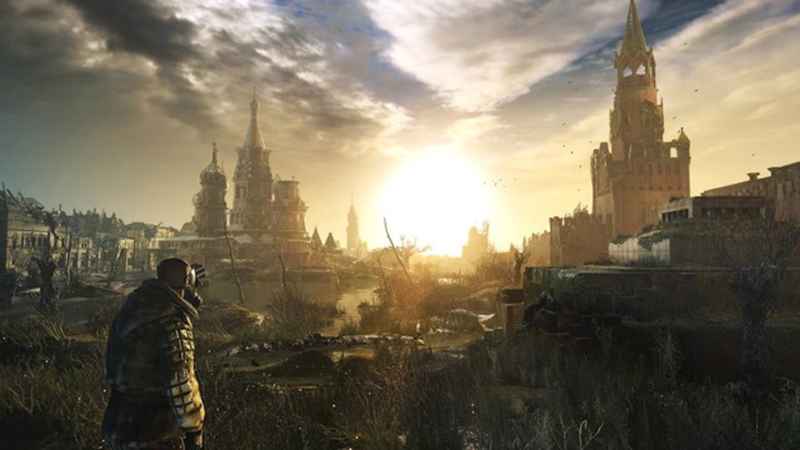
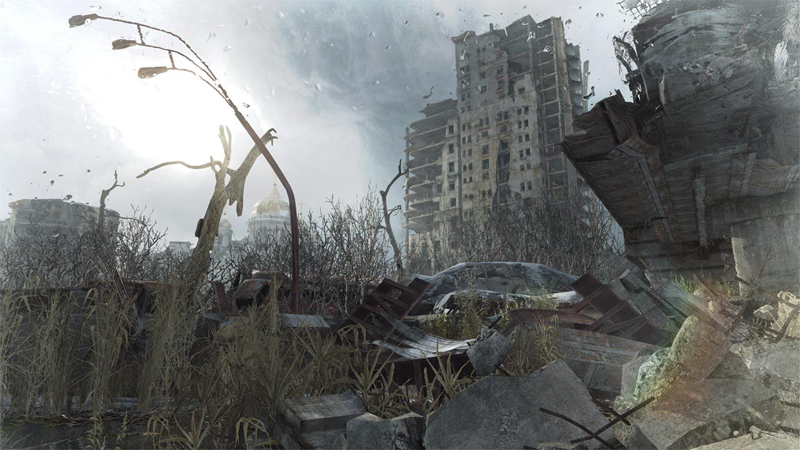
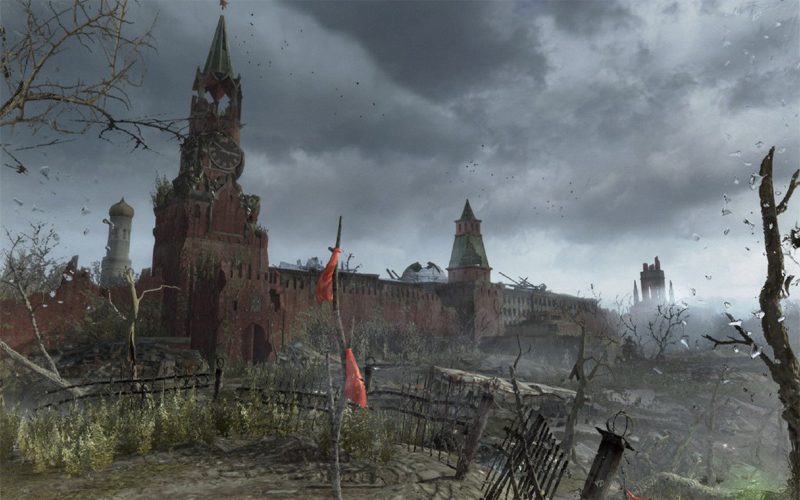
As technology advances, we can expect to see greater examples of decaying and overgrown architecture. These titles deliver two versions of an apocalyptic urban environment; one caused by human interaction and the other caused by the disappearance of it. Nonetheless, there is strange beauty and fascination of exploring a destroyed metropolis that we cannot enjoy if it were still whole and functional.
Images courtesy of (C)Joystick Chik and Kotaku
